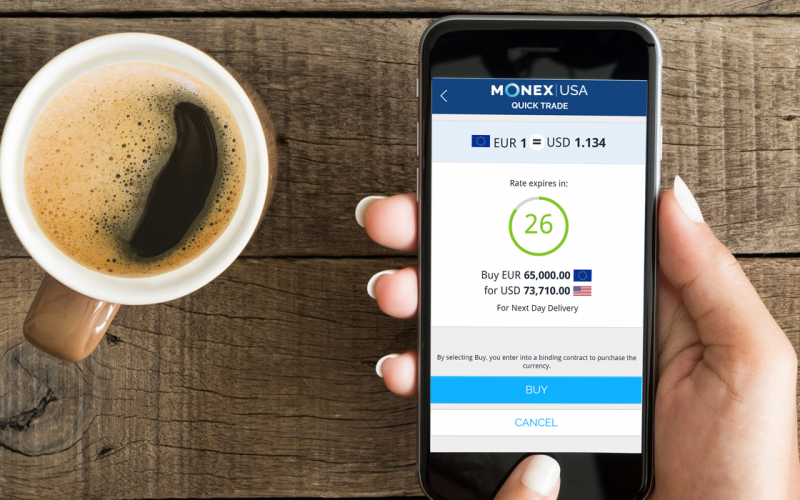USD
The U.S. dollar continued its bullish run overnight, with the Bloomberg Spot Index rising for the fifth consecutive day as improved interest rate expectations have buoyed the greenback. As of 8:00 a.m., chances the Fed would raise interest rates later this year stood at 64.0%, up 5% this week.
The greenback also benefited from a wild sell-off of the British pound, putting downward pressure on all European currencies.
This morning’s economic docket should allow the greenback to hold onto its gains. The U.S. economy added only 156K jobs in the month of September, according to the Labor Department. The print failed to meet expectations of a 167K rise. However, August’s numbers were upwardly revised by 16K, making the two prints essentially a push. The greenback initially weakened following the headline reading, but has settled in to pre-data ranges as market participants realized today’s employment data should not negatively affect interest rate expectations.
All US markets will be closed on Monday for the Columbus Day.
EUR
The Euro traded in a mixed direction overnight, rallying to its strongest level since 2011 against the Euro but falling against the U.S. dollar. Overnight, French President Francois Holland had some harsh words about the Brexit negotiations, joining Angela Merkel. The common currency has ceded ground against the U.S. dollar as diverging interest rate policies have driven trade. The Euro was unable to benefit from strong data that showed industrial production in France and Germany beat expectations.
GBP
The British pound had a wild night, falling as much as 6.1% in a two minute span against the U.S. dollar. The move marked the second largest intra-day move in the currencies history. The day following the Brexit vote was the record. Analysts, including this one, are struggling to explain the move. A break of technical levels, computer algorithms that triggered sell orders, low sterling liquidity during the Asian session and a “fat finger” or human error are all possibilities. Others point to tough comments from European leaders on their stance on Brexit negotiations and the possibility of Britain remaining in the EU’s single market. In truth, the cause for the sell-off could be a combination of all of the above.
The Sterling was able to recoup some of its losses, but remains more than 2.0% weaker against the U.S. dollar from yesterdays close. The current level represents the weakest sterling level during an American trading session in 31 years.




